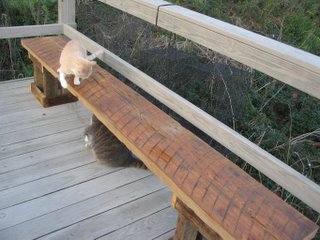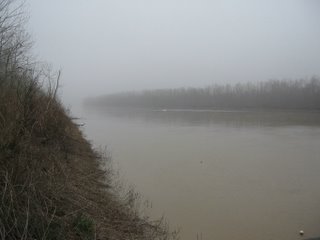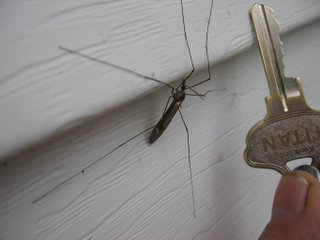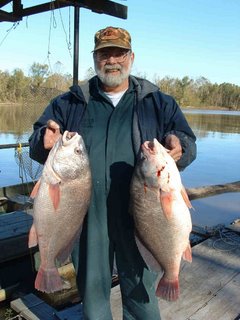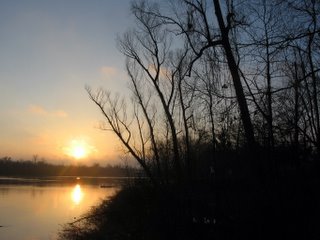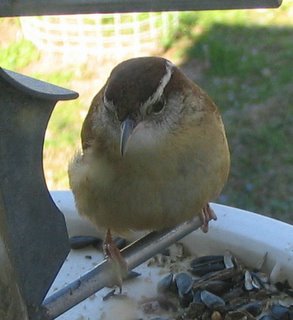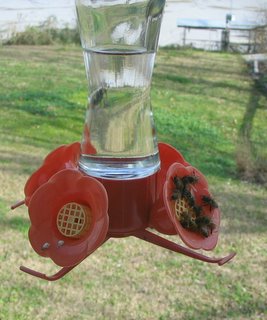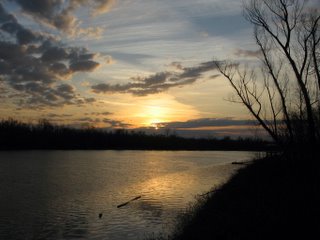
Sunrise this morning, a cold east wind blowing.
Yes, I like old wood, old cypress to be specific. Unlike the wood I buy at Home Depot, old cypress has an interesting past, as well as a present and a future. Pressure treated wood is great for uniformity, durability (yes) and availability in almost any size I want. But what is the story of the past in that wood? It is cut out of monoculture pine forests, dried in ovens, sliced up, planed away from its stated dimensions (2X4? – right!), and then, most dramatically, it is infused with chemicals that will kill whatever wants to eat it – be that fungi or termites. I use it. I respect it. But I don’t like it. It has a present and a future, but a past with no charm or character.
Old cypress wood, on the other hand, is rich with information about a past that began who knows how many centuries ago. What did that tree experience during its two, or three, centuries of life? We feel limited by our own imagination, so much more would have happened than we would ever even think of thinking about. There would have been snakes on its lower branches before it got too big to have lower branches. There would have been wasps building nests ten feet up. There would have been branches broken by wind, leaving holes in the trunk that great horned owls nested in. When it got tall enough, eagles and ospreys would have raised young in it on huge nests, but not both at the same time. Young ospreys make plump young eagles. Raccoons and black squirrels lived and fed in that tree, and made love and watched ivory billed woodpeckers come and go, and had to watch that they didn’t become eaglet food too. Spanish moss grew in such profusion on its branches that car seats in Michigan eventually shared the bounty from that tree, and Mr. Henry Ford would use the wood from the crates that shipped the moss to make trim for early station wagons. Eventually, the tree got so tall that it stood out above the forest around it. It could be 300 years old by now, and the majestic size might draw the attention of a passing summer storm, and in a flash that shook the air around it, the top of the tree caught fire and a blue streak ran down the trunk to bury itself in the roots. There must have been an awesome silence then. But later, if the tree wasn’t damaged too badly, would-be owners of the swamp would harvest it and make from it some of the finest lumber that has ever been. The heartwood would never be eaten by an insect, and it would almost never rot. The ten-foot tall stump, perhaps a little hollow, eventually would be cut in pieces by some swamper needing poor-man’s-lumber. He would hammer a wedge into it and split surprisingly uniform boards for his fences, his paddles or siding for his house.
This is the kind of story the old wood can speak of. Every time I see an ax mark on hand-split plank or a little square hole in the side of an old stump (another story), I think of what a wonder it is to have lived so long and now to still be he
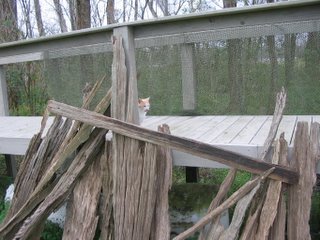
re in useful form, a piece of an old tree that refuses to go away.
The board lying diagonally across the cypress driftwood is a hand-split plank that would have sufficed as a 1X4 around many a Cajun house. This plank may be 130 years old, and it might have come from the old tree imagined above.
Why is that cat always there when a camera comes out?
The river is at 5.6 on the Butte La Rose gauge, falling to 5.1 by Mardi Gras. The Mississippi and Ohio are falling almost all the way up. Basin crawfishermen will have to wait a while longer for water. Right now it would be hard to even drag a pirogue in the swamp.
Rise and shine, Jim
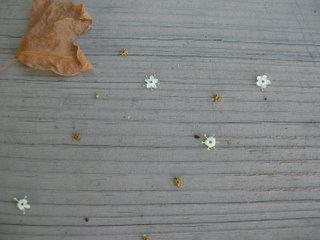 n learned of automobiles for the first time. Now, Noah Evan has just boarded the train, and he will be carried along on it for the time he has. And I wonder what wonders the train will pick up while he is on it?
n learned of automobiles for the first time. Now, Noah Evan has just boarded the train, and he will be carried along on it for the time he has. And I wonder what wonders the train will pick up while he is on it?




